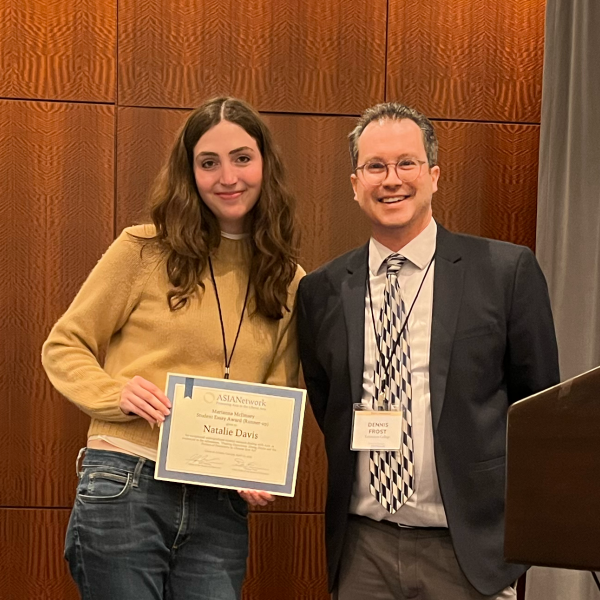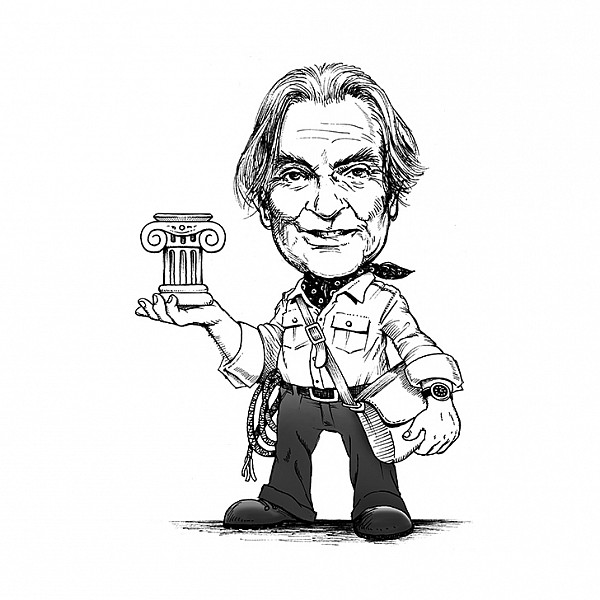Majors & Minors
Art History
Art History unites visual thinking with verbal thinking, crosses cultural boundaries, and prepares you for a truly international experience. At Southwestern, Art History majors are exposed to many different cultures by our renowned staff, which includes international scholars and experts in their respective fields.
Art history is a gateway to other cultures and encompasses almost all human activity. The study is highly interdisciplinary, engaging with topics from politics, economics, and social structures to religion, history, and philosophy.
Southwestern University’s Art History Department is defined by four teacher–scholars who are immersed and actively pursuing research in international environments. Collaborating with faculty whose expertise lies in the art, archaeology, and architecture of the classical Mediterranean, East Asia, pre-modern Latin America, and modern Europe and America, you will become adept at synthesizing a wide range of worldviews. You’ll learn how to think visually, exploring how form, shape, and color can influence or even manipulate one’s thoughts and emotions. You’ll also think verbally, developing well-honed arguments about the design and effects of art in various contexts. Because art history requires both visual and verbal thinking, you’ll acquire superior communication skills and the ability to think about familiar things in innovative ways.
To compete in a 21st-century economy, you must be equipped to make connections within international circles. So SU art history majors are strongly encouraged to learn foreign languages and seek out opportunities to travel abroad. These experiences often contribute directly to giving the research in seniors’ capstone seminars a depth similar to that expected in master’s- and doctoral-level study at a competitive graduate school.
Fulfilling Southwestern’s commitment to promoting lifelong learning while preparing students for the careers of tomorrow, art history teaches you how to think outside the box in a surprising number of professions. Art history’s emphasis on both visual analysis and written communication prepares students to design their own careers as well, from fine-arts consulting and costume design to art therapy and sustainable design.




























